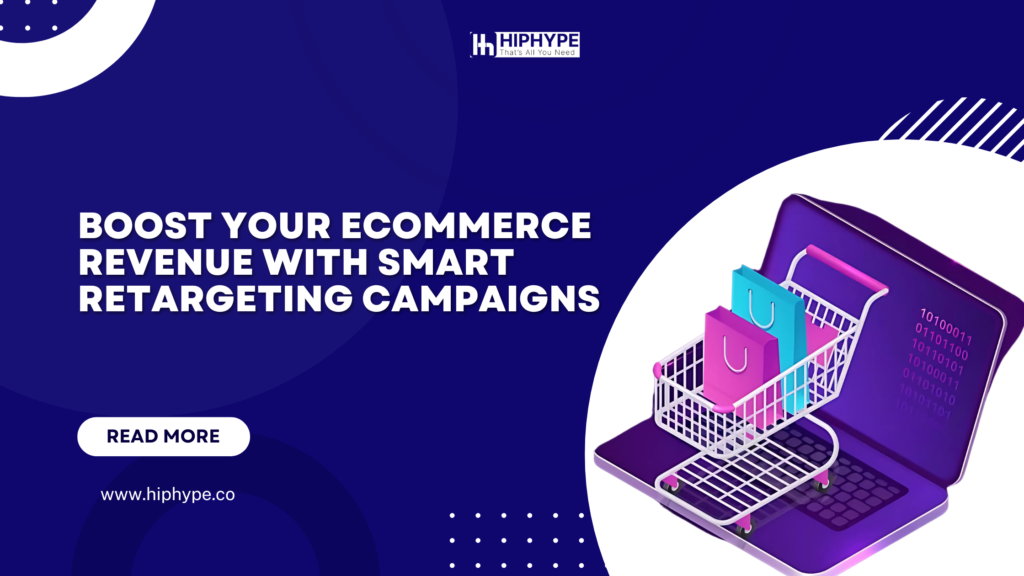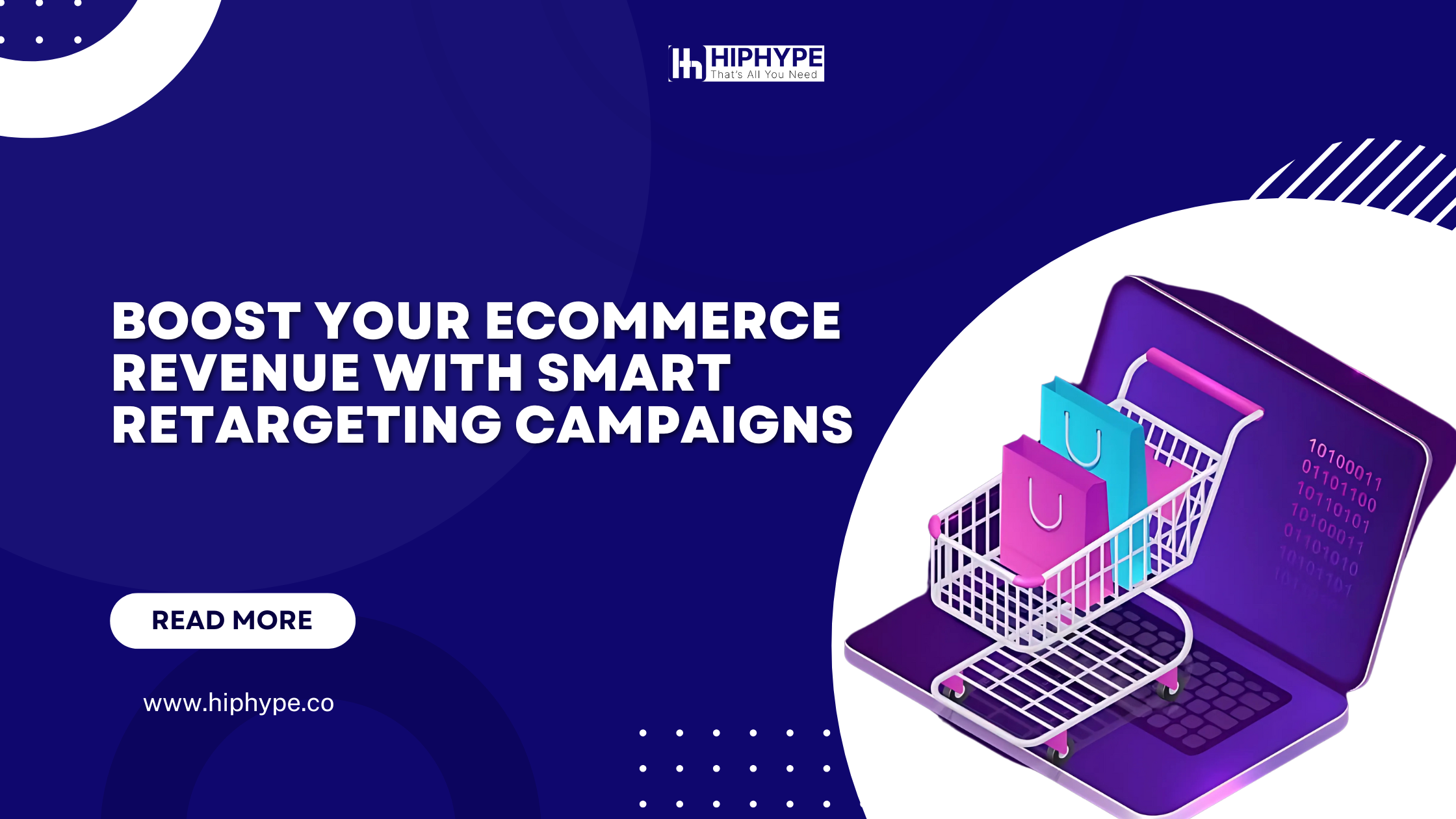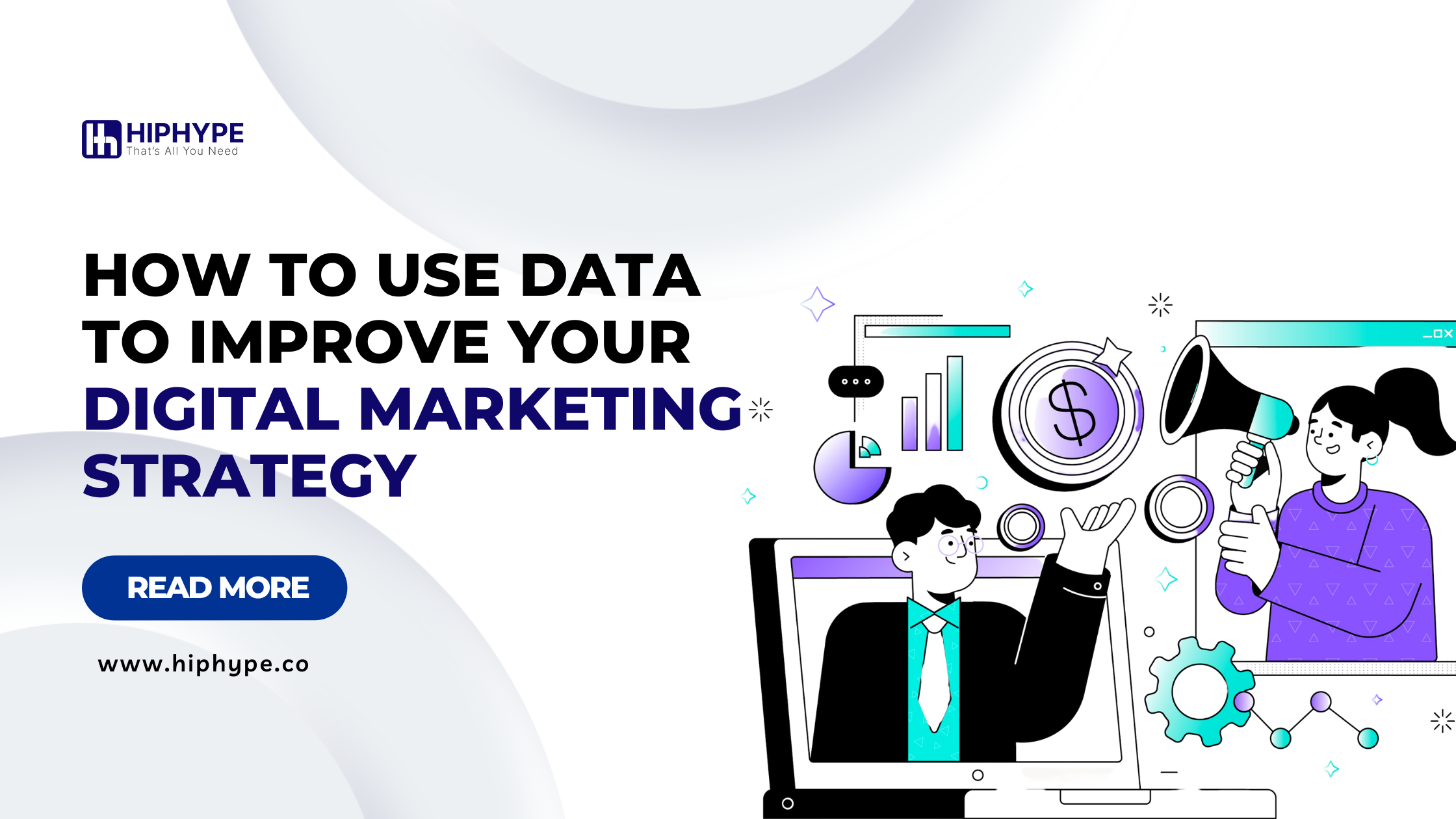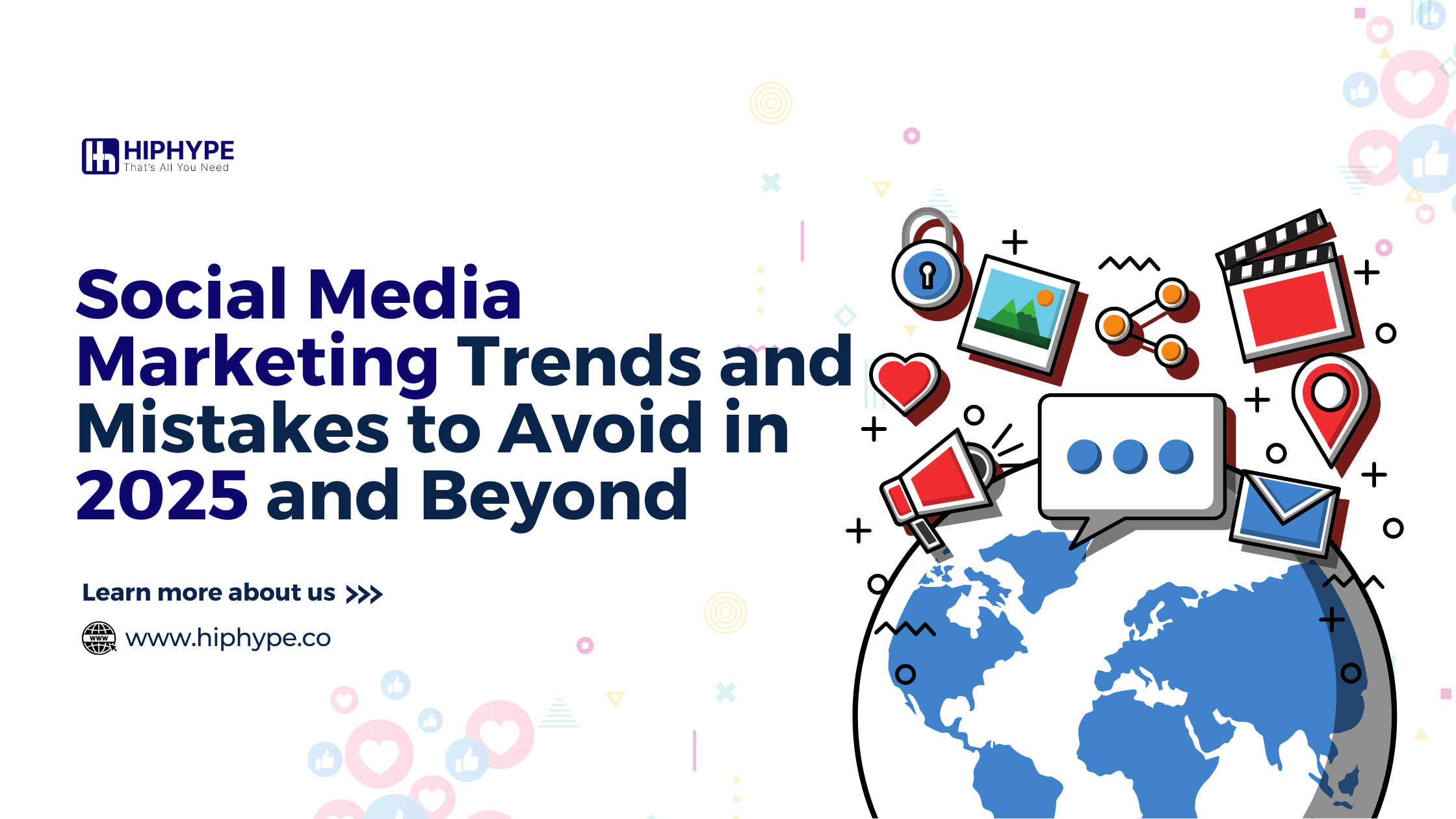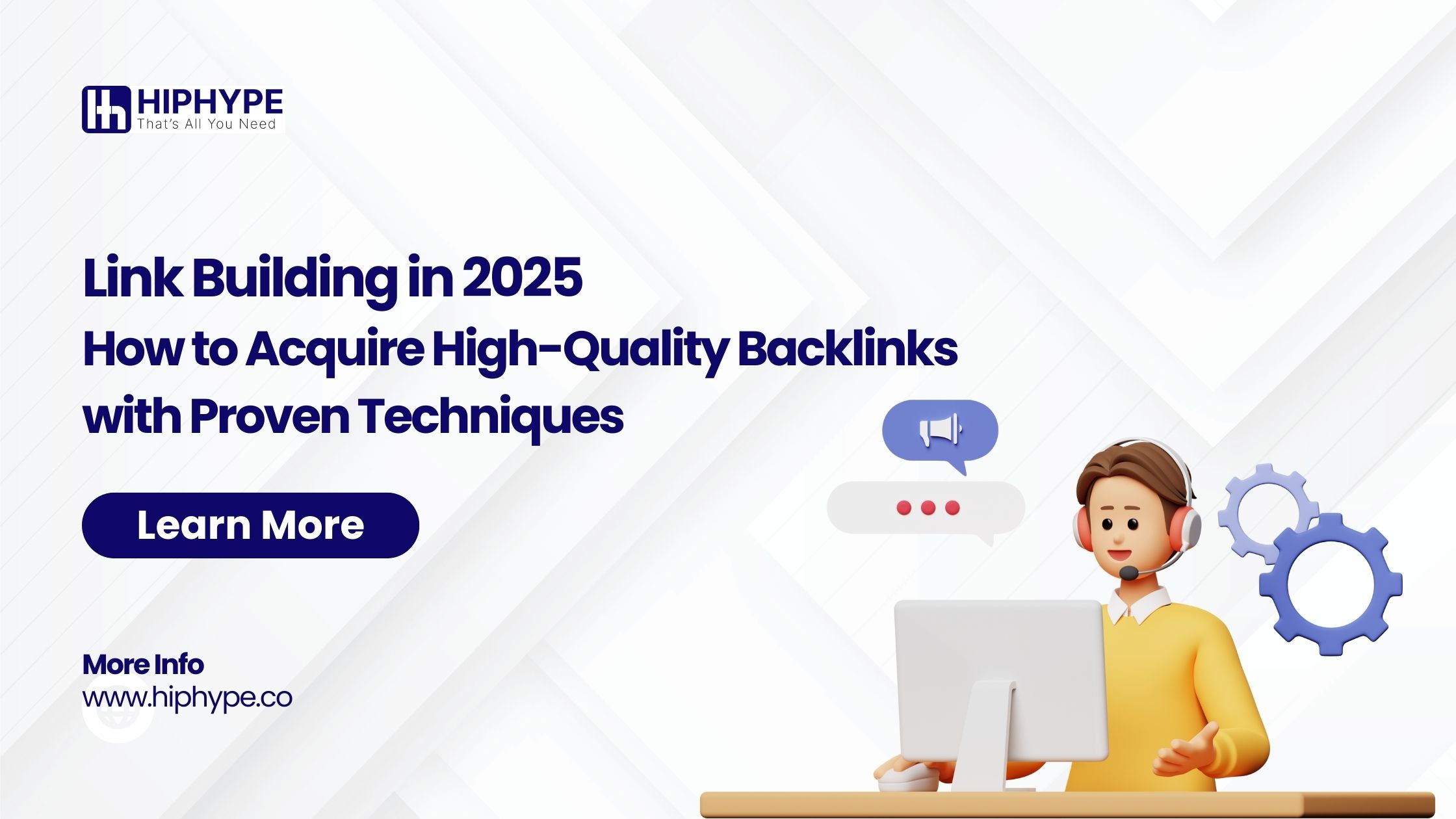With 70% of consumers abandoning their carts and only 8% returning to complete their purchases, retargeting presents a crucial opportunity for eCommerce businesses. According to the same ReadyCloud study, effective customer retargeting can boost conversion rates to 26%.
Retargeting, or remarketing, is a valuable strategy that lets you reconnect with potential customers who have shown interest in your products. It can reinforce brand awareness, boost eCommerce sales optimization, and drive customer loyalty. Partnering with professional eCommerce retargeting services ensures that your campaigns are optimized for maximum results.
If you’re ready to transform lost opportunities into sales and foster long-term business growth, this guide is for you. Below, we cover the following topics to offer actionable strategies and retargeting best practices:
- What Is Retargeting?
- Effective Types and Formats for Retargeting Ads
- How To Segment Your Audience for Personalized Retargeting
- 6 Best Practices for Retargeting Campaigns
- The Role of Data and Analytics in Tracking and Optimizing Your eCommerce Retargeting Campaigns
What Is Retargeting?
Customer retargeting is a powerful digital marketing strategy you can leverage to engage users who have already shown interest in your product or interacted with your eCommerce site but didn’t finish the transaction.
Retargeting aims to move these interested users closer to a purchase. Since they’ve already shown interest in your brand and offerings, they require less persuasion. Partnering with eCommerce retargeting services can help businesses implement targeted strategies that drive engagement and increase conversions.
Different Kinds of Retargeting Campaigns
Here are three types of retargeting ads you can include in your customer retargeting campaigns to engage interested buyers more efficiently.
Abandoned Cart Ads
- Targets users who added items to their cart but didn’t complete the purchase.
- Reminds them of their unfinished purchase with a message like “Don’t forget what’s in your cart!”
- Boosts eCommerce conversion rate optimization efforts.
Win-Back Campaigns
- Re-engages customers who haven’t purchased or interacted with your brand in a while.
- Uses personalized messages based on past behavior.
- Encourages repeat purchases and strengthens customer relationships.
Cross-Sell/Upsell Ads
- Encourages customers to buy related products or upgrade to higher-end versions.
- Increases sales and enhances the overall shopping experience.
Dynamic Retargeting
- Serves ads automatically generated based on individual user behavior.
- Displays exact products viewed by a user.
- Google Ads retargeting services are highly effective for dynamic retargeting strategies.
Effective Types and Formats for Retargeting Ads
Choosing the right ad type and format is essential for driving engagement and conversions in your retargeting campaign. Below are some of the most effective formats for retargeting ads worth exploring.
Display Ads
Displayed across networks like Google Display Network, these ads keep your brand visible as users browse the web. Popular formats include:
- Banner Ads: Traditional rectangular ads appearing on websites and apps.
- Interstitial Ads: Full-screen ads that appear during natural transition points in apps or websites.
- Native Ads: Ads that blend seamlessly with website content.
- Video Ads: Engaging ads that showcase product features or customer testimonials.
- Dynamic Ads: Real-time content adjustments showing users the exact products they viewed.
Social Media Ads
These ads are displayed on platforms like Facebook, Instagram, X (previously Twitter), and LinkedIn. Facebook retargeting services help businesses create high-converting social media campaigns. Primary formats include:
- Photo Ads: Simple image-based ads that blend into users’ feeds.
- Carousels: Ads that showcase multiple products in a single, scrollable ad.
- Video Ads: Auto-play in social media feeds, capturing users’ attention.
- Stories: Full-screen ads that appear between user-generated stories.
How To Segment Your Audience for Personalized Retargeting
Many eCommerce brands make the mistake of sending the same ads, offers, and messaging to the same audience group. The repetitive ads overwhelm viewers and rob businesses of the opportunity to tailor the message and encourage higher customer engagement.
Primary Audience Segmentation Methods:
- Behavioral Segmentation: Groups users based on interactions such as browsing history, past purchases, or cart activity.
- Demographic Segmentation: Segments users by factors like age, gender, income, or location.
- Preference Segmentation: Groups users by product preferences, brand interest, and shopping habits.
Retargeting strategy consulting services can provide expert insights into audience segmentation and help businesses create personalized campaigns that drive results.
6 Effective Strategies for Optimizing Your Retargeting Campaigns
Retargeting is a powerful strategy for re-engaging visitors who’ve shown interest in your brand. However, to truly enhance its effectiveness, you need to apply the right tactics to ensure your ads remain compelling and drive conversions. Below, we explore six best practices that can help you refine your retargeting campaigns and achieve better results.
1. Implement a Frequency Cap
Retargeting ads are highly effective in bringing back potential customers who’ve interacted with your brand. However, showing the same ad repeatedly can lead to ad fatigue, where users begin to ignore your ads or even feel annoyed. This not only lowers engagement but can also negatively affect the algorithm, making your ads appear stagnant and reducing their reach.
To avoid this, set a frequency cap. This feature limits how often an individual sees your ad over a specific period, helping to keep your ads fresh and engaging. By doing so, you prevent ad burnout, maintain customer interest, and support your overall conversion rate goals.
2. Refresh and Rotate Your Ads
It’s essential to keep your ads dynamic. Repetitive ads can become background noise, diminishing their impact. To keep your retargeting campaigns fresh and engaging, regularly rotate your ads with new formats and messaging. This keeps your audience engaged and helps you avoid ad fatigue.
Rotating ads allows you to test different approaches and formats, revealing which creatives resonate best with your audience. Whether it’s switching up the visuals, copy, or the overall tone of the message, variety is key to keeping your campaigns relevant and impactful.
3. Expand to Cross-Channel Retargeting
Don’t limit your retargeting efforts to just one platform. To maximize your reach and increase engagement, implement cross-channel retargeting. Engaging with users across various platforms—such as social media, display networks, search ads, and email—ensures that your message is seen consistently across multiple touchpoints.
A cross-channel strategy helps create a seamless customer journey, reinforcing your messaging no matter where the user encounters it. Whether they’re browsing Facebook, scrolling through Google, or checking their inbox, you ensure your brand stays top of mind and keeps your user engaged.
4. Use A/B Testing to Refine Your Ads
To fine-tune your retargeting efforts, A/B testing is crucial. By experimenting with different ad elements, you can determine which combinations yield the best results. Test variations in elements such as:
- Headlines and Calls to Action (CTAs): Which phrase or offer grabs the most attention?
- Visuals and Copy: Does a simple image outperform a more complex graphic?
- Ad Formats: Do carousel ads generate more interest than static images?
Through continuous A/B testing, you gather valuable insights into what your audience responds to, allowing you to optimize your ads for better engagement and conversions.
5. Track Offline Conversions for a Complete Picture
For businesses that have physical stores, it’s important to track offline conversions to understand the true effectiveness of your online retargeting efforts. Here’s how you can track offline conversions:
- Google Ads Store Visits Conversions: This feature helps estimate how many people visit your physical store after interacting with your online ads, using anonymized location data.
- Facebook Offline Conversions: Facebook allows you to upload in-store transaction data, linking offline sales to your online ads, providing insights into how your campaigns drive in-person visits and purchases.
- Custom Promo Codes or Coupons: Offer unique promo codes linked to specific ad campaigns. When customers use them in-store, you can directly track which ads led to offline conversions.
- POS System Integration: By integrating your POS system with your advertising platform, you can sync sales data in real-time, making it easier to track which ads directly led to in-store purchases.
By measuring offline conversions, you can assess the full return on investment (ROI) of your retargeting campaigns and make more informed decisions.
6. Diversify Your Retargeting Strategy Beyond Paid Ads
While paid advertising on platforms like Google, Facebook, or YouTube is highly effective, it shouldn’t be the only tactic in your retargeting arsenal. Diversify your efforts by integrating strategies like email marketing, SEO, and content marketing into your campaigns.
- Email Retargeting: Use email to re-engage users who have shown interest in your products but haven’t completed a purchase. Personalized offers and reminders can help drive conversions.
- SEO for Retargeting: Leverage SEO to target users who are actively searching for products similar to yours. This not only broadens your reach but also helps create organic touchpoints for your retargeting efforts.
The Role of Data and Analytics in Tracking and Optimizing Your eCommerce Retargeting Campaigns
Tracking and analyzing your campaign performance is essential for continuous improvement. Consider the following key metrics:
- Click-Through Rate (CTR): Measures how often users click on your retargeting ads.
- Conversion Rate: Tracks the percentage of retargeted users who complete a desired action.
- Return on Ad Spend (ROAS): Evaluates the effectiveness of your campaign in generating revenue.
- Engagement Metrics: Monitors interactions such as video views, likes, shares, and comments.
By leveraging data analytics tools and retargeting strategy consulting services, businesses can refine their campaigns for optimal performance.
Boost Your Bottom Line With Hiphype
Customer retargeting is a powerful tool in eCommerce sales optimization. With suitable ad types and formats, retargeting best practices, and a well-planned overall strategy, you can not only bring interested customers back but also boost eCommerce sales and build lasting brand loyalty.
If you know it’s time to take your paid advertising for eCommerce to the next level, our experts at Hiphype would love to hear from you! We’re here to partner with you in launching a tailored retargeting campaign that turns your visitors into loyal customers. Get in touch to get started.

